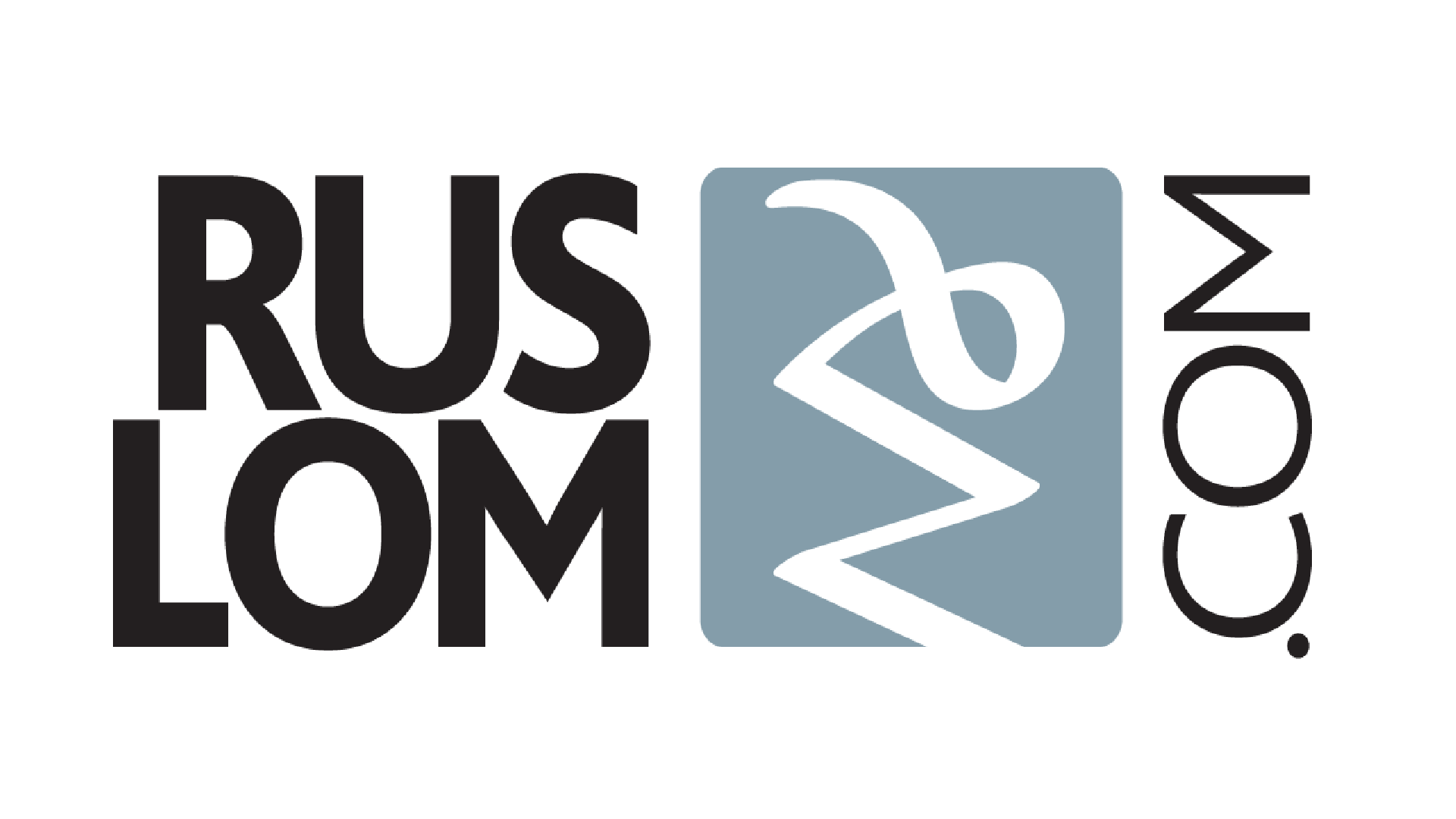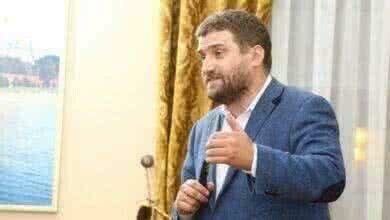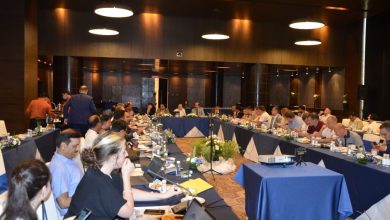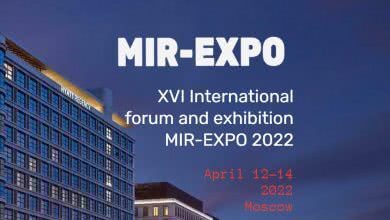On 20-22 September 2023, MySteel organised the Asia Steel Forum in Ho Chi Minh City, Vietnam. The event was attended by more than 500 representatives of companies from various countries. Russian delegates were among the participants and speakers.
On 21 September, the Forum programme included a discussion session on the challenges and opportunities for the metallurgical sector in different countries with regard to decarbonisation. The session was attended by experts from China, Vietnam, Malaysia, and Japan. Marina Uglovskaya, General Director of Rating Agency Rusmet and Executive Director of the National Recycling Association RUSLOM.COM, answered questions from foreign colleagues about the Russian market.
What are the challenges and opportunities for the Russian steel market in the context of decarbonisation?
Russia has great potential for the production of HBI and sponge iron for environmentally friendly metallurgical production.
Russia has large coal and iron ore reserves of over 14 billion tonnes, comparable to Brazil. There is a steady growth trend in HBI consumption and exports. This resource is environmentally friendly and 10% cheaper than scrap. There are no restrictions on HBI exports from Russia. The challenge is that there is only one producer of HBI in our country and its volumes are insufficient to meet the growing demand.
What are the prospects for Russia as a supplier of ferrous scrap on the international market? Are there any restrictions on the export of scrap from the country?
Russia generates about 50 million tonnes of steel scrap annually, while consuming no more than 25 million tonnes on the domestic market. This means that the additional volume that can be collected and exported is more than 25 million tonnes. The country has a well-developed scrap collection infrastructure, with more than 10,000 licensed companies collecting and processing scrap. About 300 companies can export from ports in the Far East, the Baltic Sea, as well as the Black, Azov, and Caspian Seas. At the same time, only 27 plants consume scrap, of which only 4 are large enough. Until the end of 2023, Russia has a tariff quota of 1.2 million tonnes. This volume is distributed among exporters and is taxed at the rate of 5 euros per tonne. Exports above the quota will have to pay 290 euros per tonne, which is unprofitable at the current scrap prices. From January 2024, the export regulations may be adjusted.
Russian semi-finished products are now the cheapest in the world, in particular cheaper than Iranian ones. Why?
Yes, they are. Russia exports more than 15 million tonnes of semi-finished products every year. Their production requires resource costs, and Russia has cheap electricity connected to every factory. Russia also has enough of its own secondary resources and ore, which are cheaper than imported ones.
For example, the domestic steel scrap price index for the last week of September 2023 is $269, FCA. This is at least a hundred dollars cheaper than in Turkey. And if we look at the Far East, the price is $197 – at least $150-200 cheaper than in China and India.
Iran also has cheap electricity, but now the country is experiencing a shortage of it, also due to the increased need for production. There are no such risks in Russia.




